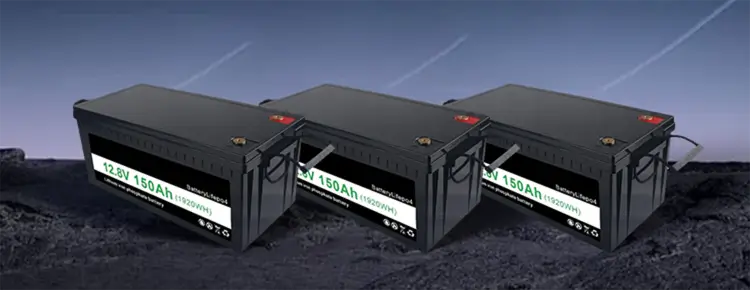
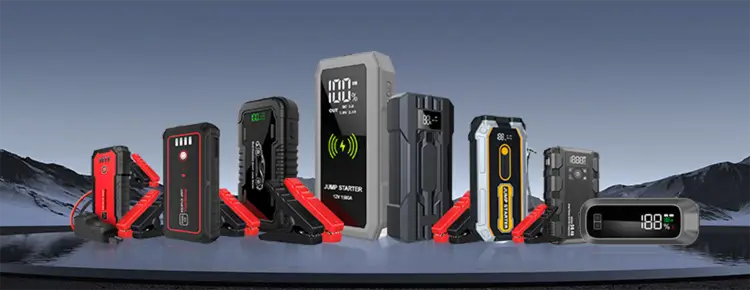
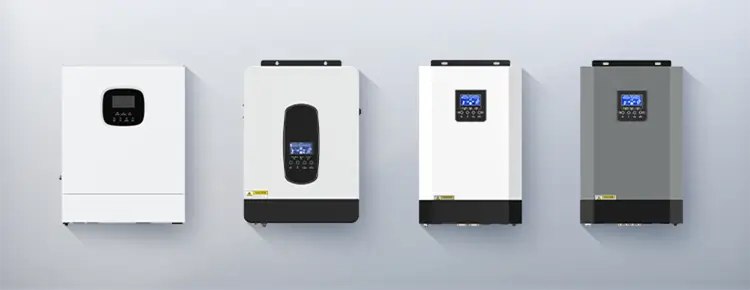

Blog
Hot Category
Latest Blog
13 Mar 2025
Eli
A portable battery Jump Starter is an essential tool for any driver, especially during emergencies when your car battery dies unexpectedly. However, like any electronic device, it needs to be tested regularly to ensure it’s in good working condition. After all, the last thing you want is to find out your jump-starter is dead when you need it most. In this blog, we’ll walk you through the steps to test your portable battery jump-starter and ensure it’s ready to go when you are.
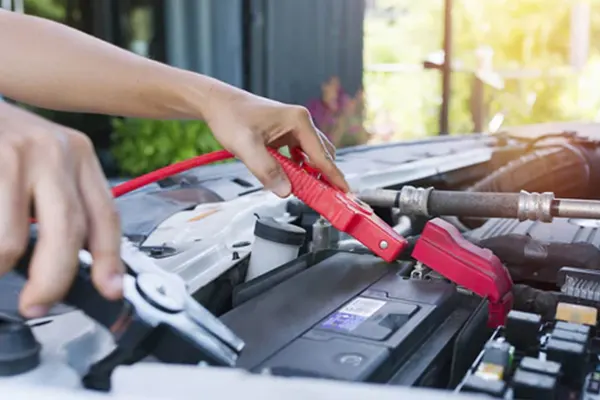
Before testing your Portable Jump Car Starter, make sure it’s fully charged. Most portable jump-starters come with an indicator light or LCD screen that shows the battery level. Plug it into a power source (using the provided charger) and allow it to charge completely. A full charge ensures the device has enough power to jump-start a vehicle.
Examine the jumper cables and clamps for any signs of damage, such as frayed wires, rust, or loose connections. Damaged cables can reduce the effectiveness of the jump-starter or even pose a safety hazard. If you notice any issues, replace the cables or the entire unit if necessary.
To ensure the Portable Car Battery Jump Start can deliver the necessary power, you can use a multimeter to test its voltage output. Here is show:
- Set the multimeter to measure DC voltage.
- Attach the red probe to the positive terminal and the black probe to the negative terminal of the jump-starter.
- Check the reading. Most jump-starters should output between 12V and 14V when fully charged.
If the reading is significantly lower, the device may not have enough power to start a car.
A load test simulates the actual conditions of jump-starting a car. Some advanced jump-starters come with a built-in load tester. If yours has this feature, follow the manufacturer’s instructions to perform the test. If not, you can test it by attempting to jump-start a vehicle with a dead battery. Make sure to follow proper safety precautions:
- Connect the red clamp to the positive terminal of the car battery.
- Connect the black clamp to a grounded metal surface on the car (not the negative terminal of the battery).
- Turn on the jump-starter and attempt to start the car. If the engine cranks and starts, your jump-starter is working correctly.
Many modern jump-starters come with additional features like USB ports for charging devices, LED flashlights, or air compressors. Test these features to ensure they’re functioning properly. For example:
- Plug a phone or other device into the USB port to verify it charges.
- Turn on the flashlight to check its brightness and battery life.
- If your jump-starter has an air compressor, test it by inflating a tire or another inflatable object.
After testing, recharge the jump-starter if necessary and store it in a cool, dry place. Extreme temperatures can damage the battery, so avoid leaving it in your car during very hot or cold weather. Regularly check the charge level (every 3-6 months) to ensure it’s ready for use.
Every jump-starter is different, so it’s important to read the user manual for specific testing and maintenance instructions. Some models may have unique features or requirements that aren’t covered in this guide.
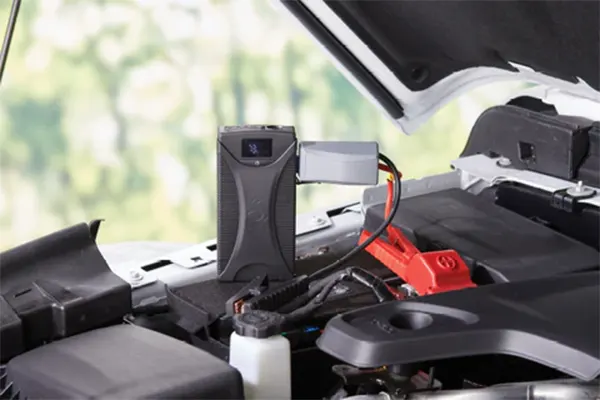
A portable battery jump-starter is only useful if it works when you need it. Regular testing ensures that the device is in good condition and can provide the power needed to start your car. It also helps you identify any issues early, so you can address them before an emergency arises.
Testing your portable battery jump-starter is a simple process that can save you from a lot of frustration down the road. By following these steps, you can ensure your device is always ready to go, giving you peace of mind on the road. Remember, a little maintenance goes a long way in keeping your jump-starter—and your car—running smoothly.